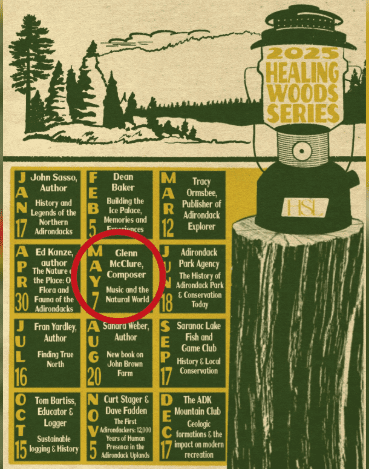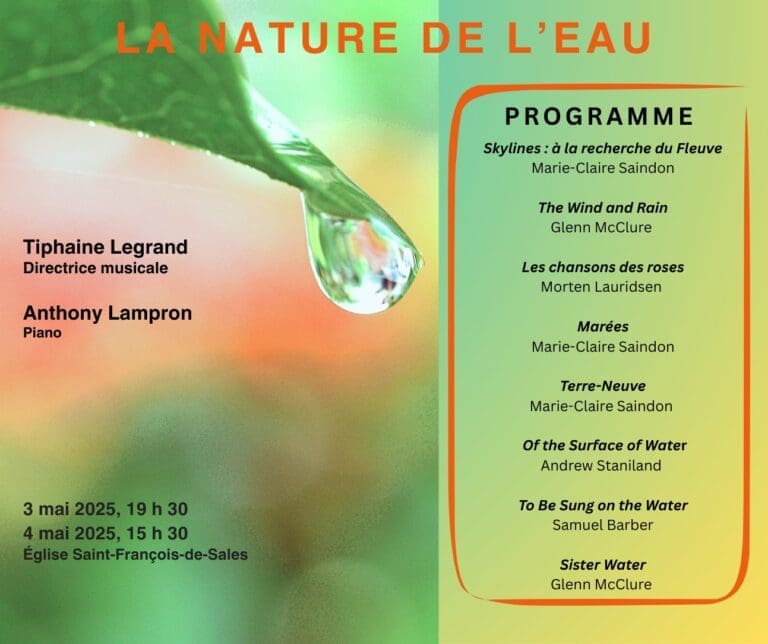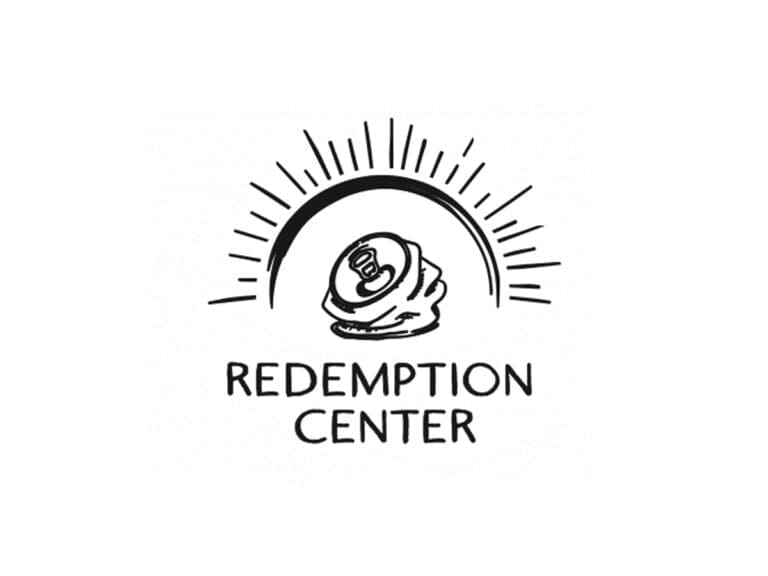Laying the Musical Foundation for the Missa Kreyol
Louise and I traveled to Tiphaine Legrand’s house in Montreal today to meet with her and Ralph Telemacque. Tiphaine is the conductor of the Choeur classique de l’Outaouais. Her husband is also a composer and teaches at the University of Montreal. Ralph serves as a Tiphaine’s accompanist. He is also is a top-notch jazz pianist and gospel choir conductor. For the purposes of this project, Ralph brings his knowledge and experience as a Haitian musician.
It was another one of the seemingly endless cold, snowy days of this winter, but Tiphaine warmed us up with some wonderful crepes, eggs, cheese, and tea. I always know that a project is going to go well when it starts off with good food!
We reviewed the grant proposal and started laying the foundation for the new piece. We discussed a possible December premier, agreeing that the score will need to be delivered by the end of June to allow time for final edits/adjustments before starting rehearsals in late summer. That should work out fine. We talked about a variety of musical opportunities in the Haitian community in Montreal. There are a couple of festivals in the late Spring and Summer. There are clubs that have weekend bands playing konpa and other Haitian dance music. There are churches in the North Eastern part of the city that serve the Haitian community and use a mix of Haitian music and other church music styles. We will plan some visits this winter around checking out these opportunities.
We talked about a variety of strategies to reach out to schools, colleges and conservatories with the project. There seem to be some good opportunities for offering workshops, lectures and forums on the creation of this new piece to some of the educational institutions here.
The next topic was on instrumentalists for the new piece. Ralph explained that it is common in the Haitian churches to have two keyboard players, one on piano the other on organ. Also, there is usually an electric bass, drum set and other percussionists. The electric guitar player is a vital part of the sound, playing arpeggios in complex rhythms that weave through the chord progression. I have heard this sound and it is a wonderfully unique rhythmic texture. We have to decide how many instrumentalists we can hire for the premier, but at least this gives me the framework of this musical style to think about.
We also opened the important decision on how best to incorporate French and Kreyol into the Latin text of the traditional concert mass. The nature of this piece demands complex rhythmic settings of the text that match Haitian music styles. So, we need to identify the text early in the creative process, because the structure of the words will be integral to the rhythmic settings. For example, a word in Latin that may have 5 syllables when translated into French may only have 3, so the musical setting would have to dramatically change. Furthermore, words with punchy consonants that translate to words with lyrical vowels will also need a musical “make over” if we change the language mid stream.
Since the new piece must reflect the intersection of French Canadian and Haitian cultures, it is essential to get this right. In some of my other works, the Latin text is supplemented by additional texts of saints from other cultures. There are not many available texts from Haitian saints so that strategy doesn’t work here. We are looking at using French and Kreyol translations of the core concert mass text for some movements. For other movement the music itself will represent one side of this cultural balance while the text will represent the other. We also talked about the option of soliciting suggestions for Biblical passages that represent the Haitian immigrant experience. There was a clear sense that we needed to preserve much of the traditional concert mass text to keep the new piece within the genre. There are many ways to do this, so we will keep this question in front of us as the piece takes shape.
I checked out some youtube video’s of Ralph’s work. He is a wonderful pianist. I look forward to working with him not only to learn more about the Haitian/Canadian music experience but also about piano arranging. While I regularly write piano parts for my choral music, I am not a pianist. I’m excited to work with such a high-level player.






